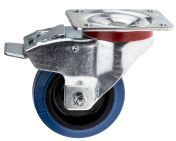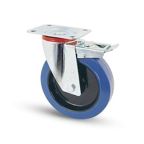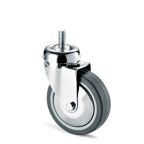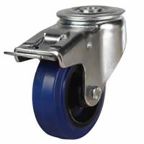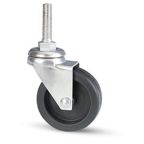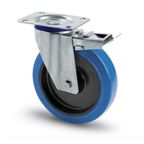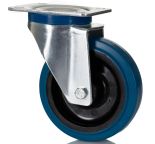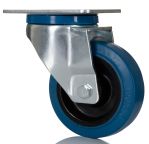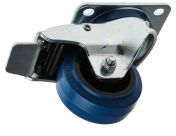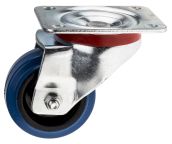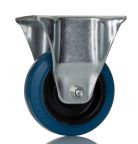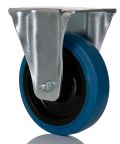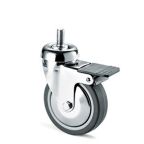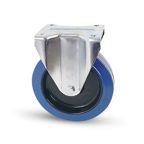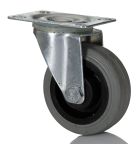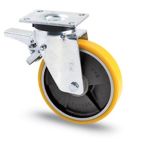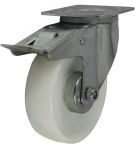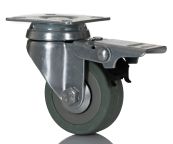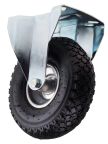Castor Wheels
Castor wheels enable the easy movement of an object and can be used across a wide range of Industrial, Manufacturing and Commercial sectors. Made up of a wheel, housing and either a mounting plate or a column/tube, castors can be used in both large and small scale applications from small carts or trolleys, up to large heavy machine bases within commercial production industries. You can find out more in our guide to castor wheels.
Where can Castor Wheels be used?
Castors can be used in a wide range of applications and in a variety of forms. Here at RS, we stock a wide range of castor wheels to ensure our customers have everything they need for their future engineering and industrial projects.
- Aircraft Assembly
- Car Plant Assembly
- Platform Trucks
- Workbenches
- Trolleys
- Hospital Beds
- Furniture
- Racks
- Luggage
Types of Castor Wheels
Castor Wheels can be in Swivel, Fixed or Braked configurations depending upon your requirements.
Swivel - Allows the wheels to track in any direction.
Fixed - Allows the object to move in a linear direction.
Braked – A small integral pedal secures the wheel in place. Understanding the weight you want your castors to support is vital to your choice of castor.
Choosing the correct castor type either top plate, bolt hole or screw in castors/ threaded stem depends on how you want to fix your castor to your application and how much weight each castor is expected to carry.
There are 3 different castor wheel ratings depending upon the strength, durability and manoeuvrability required for the load capacity. These are light duty supporting weights of up to 75kg, medium duty supporting weights of between 76 kg and 140 kg and heavy duty supporting weights of over 141 kg.
What are Castor Wheels made of?
Castors are available in different sizes and support different load capacities. The wheels are made from different materials such as iron, aluminium, steel, polypropylene, nylon and rubber and can be non-marking.
How do I measure castor wheels?
The measurement of castors is really important. Measure the height and width of both the top plate and bolt hole pattern, measuring from the centre of one hole to the other. Measure the wheel size over the centre when the wheel is lying flat.

